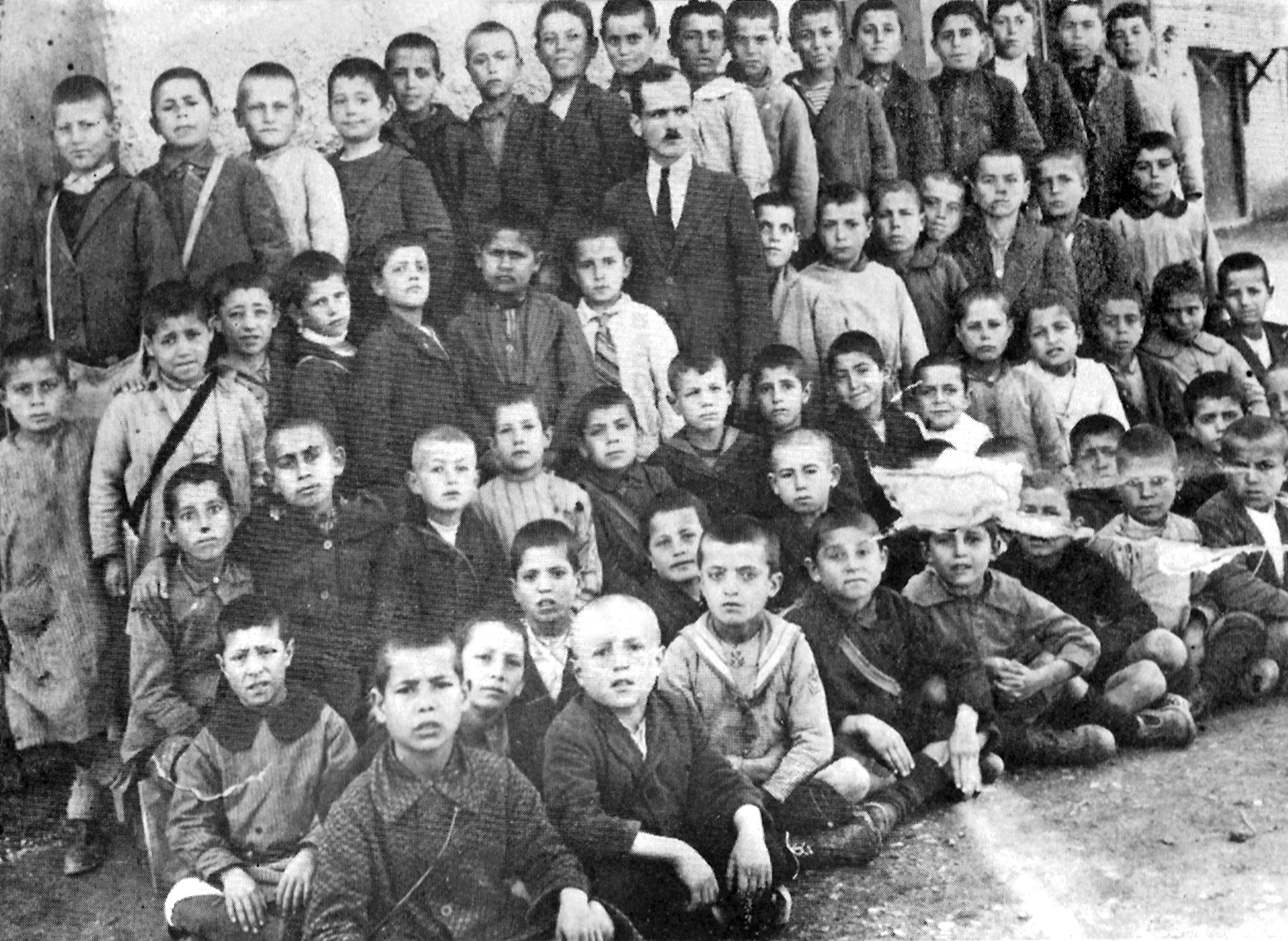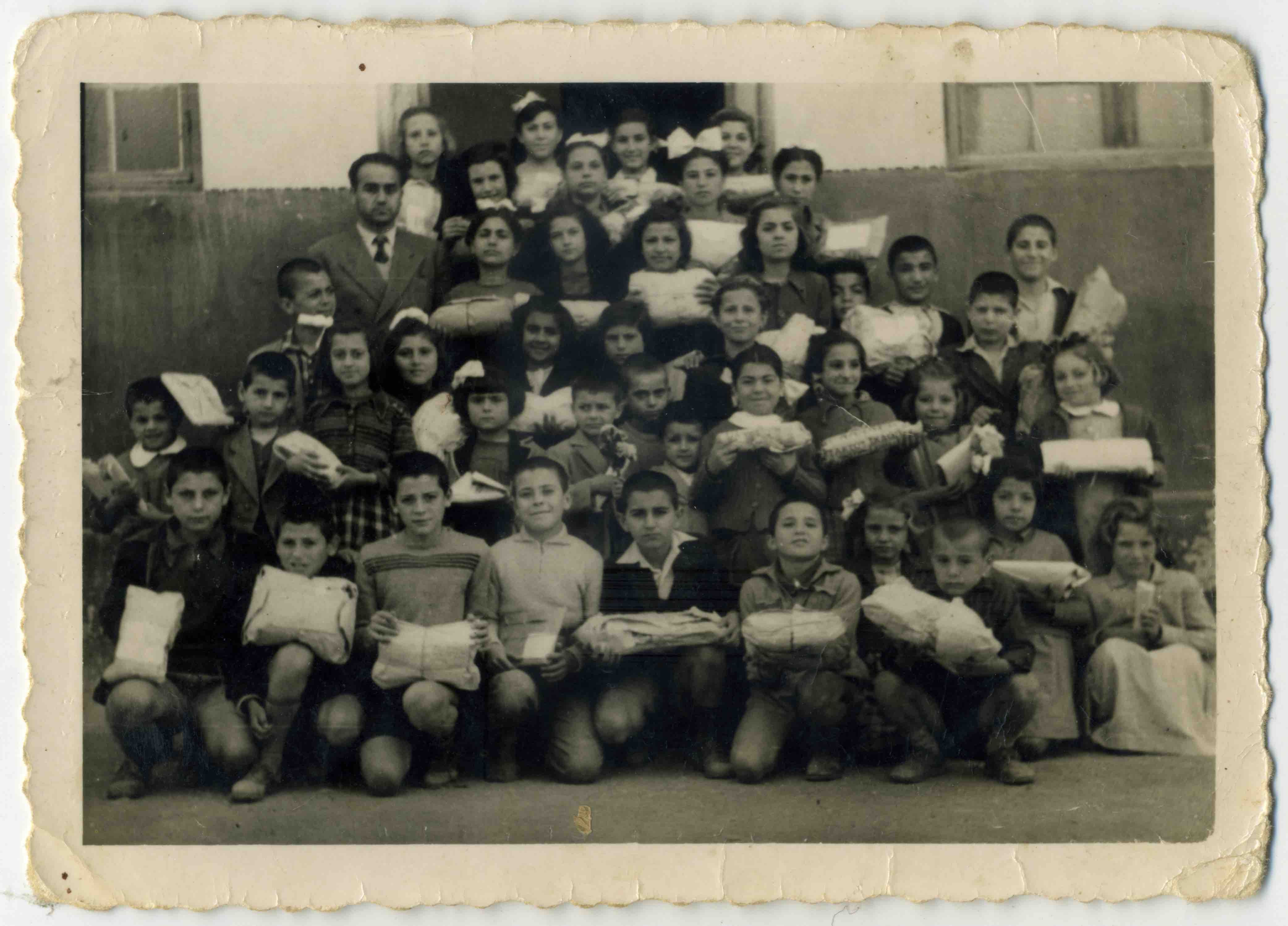Nikaia’s refugee schools: a century of movement
Skala utilised three open spaces that were meant to be used as laundries to set up the first classrooms for refugee students. The Educational Relief Fund was established the following year and took on the duty to organise and co-ordinate the operation of refugee schools (GG 252Α/15.9.1925). During the school year 1925-1926, one kindergarten and six elementary schools operated in the settlement, three all boy schools, one with six classes, one with four and one with three, and three corresponding all girl schools. They were initially housed in makeshift constructions; only later were actual school buildings provided. To this day, the residents remember these school buildings as shacks.
The student registers of the refugee schools are excellent resources for the demographic analysis of refugee populations, as they include the students’ place of birth, thus indicating the geographical origins of the families that settled in Nea Kokkinia: Smyrna, Niğde, Pisidia, Kaisareia (Kayseri), Mugla, Ephesus, Cilicia, Ayvalık, Trabzon, Samsun, Prussa, Constantinople and many other cities of Asia Minor and Pontus.
Almost a century later, in 2015, the mass arrival of refugees in Greece from Syria, Afghanistan, Iraq and elsewhere, was characterised as a ‘refugee crisis’. To deal with this new ‘crisis’, the state did not build settlements for the refugees to live, but housed them in temporary accommodation such as tents or containers in facilities far from the cities, known as ‘camps’. Two camps are operating near the former refugee neighbourhoods of Piraeus: one in Schisto and another in the Skaramagkas shipyard. While the arrival of the refugees was initially met with feelings of sympathy and acts of solidarity both in Greece and in Europe, encapsulated in images from the port of Piraeus, these gradually gave way to intense social backlash and the implementation of exclusion policies towards the refugees.
A century ago, the student registers of the local schools recreated a map of the Ottoman Empire, from Smyrna to Constantinople and Trabzon, in Nea Kokkinia. Nowadays, the student registers of Nikaia’s schools reflect the new geographies of conflict and uneven economic globalisation, including cities of neighbouring countries, such as Fier, Përmet, Tepelene or Sofia, but also far-flung cities, such as Damascus, Kabul and Lahore.
Objects



